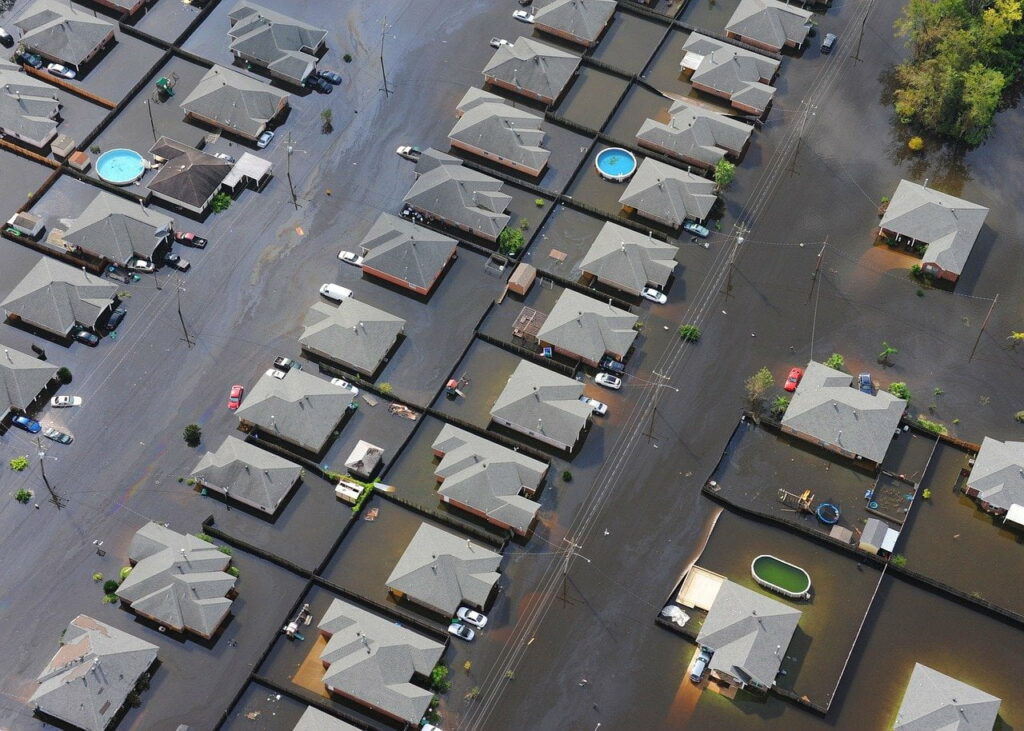Preparing your home for overland flooding during heavy rains and the spring thaw is an important precaution, since this is a serious issue that can occur anywhere in Canada.
Overland flooding – where water flows overland and seeps into buildings through windows, doors and cracks – is one of the most frequent and costly natural hazards in Canada. Floods have affected hundreds of thousands of Canadians and cause millions of dollars in damages each year.
If you’re having a home inspected before you buy it or as part of your ongoing maintenance plan, our inspectors will be able to help guide you on how the property may fair during extreme weather conditions and provide suggestions so you’re better prepared should flooding occur.
There are several steps you can take to help ensure your home is ready for high waters, including:
- Using water-resistant building materials for renovations below ground level
- Putting weather protection sealant around basement windows and the base of ground-level doors
- Installing flood shields or barriers for basement windows and doors. The tops of the shields should extend above ground level. Raise large appliances, furnaces, hot water heaters and electrical panels up on wood or cement blocks above the potential water level. (If an item can’t be raised, consider anchoring it and protecting it with a floodwall or shield)
- Anchoring fuel tanks to the floor. In a flood, a fuel tank can tip over or float, causing fuel to leak and potentially catch fire. Make sure vents and fill-line openings are above flood levels. (If you use propane, contact the propane company before making any changes)
- If a flood warning is in effect, shut off electricity to areas that are at risk of flooding
- Moving furniture, valuables and electronics to the safest place in your property that is least likely to be affected by flooding
- Making sure that your lot is properly graded. If possible, build up the ground around your property so that water can drain away from basement walls
- Extending downspouts at least 2 m (6’) from your basement wall. Water should drain away from yours and neighbouring properties
- Checking that your roof and eaves are draining properly in heavy rains
- Ensuring sidewalks, patios, decks and driveways haven’t settled over time and are causing water to drain toward your property. Clear snow away from the building’s foundation. If the ground is sloped one inch per foot near the building, moving snow just three to five feet from the building will reduce problems
- Using a rain barrel to catch water runoff
- Planting a “rain garden” by using landscaping as a way to catch and disperse water in the soil near your property. Use native plants and vegetation that will resist soil erosion
The Government of Canada has a great resource to help ensure you’re prepared for a large variety of potential emergency situations: www.getprepared.gc.ca.
Find an Inspector near you: https://abuyerschoice.com/locations










